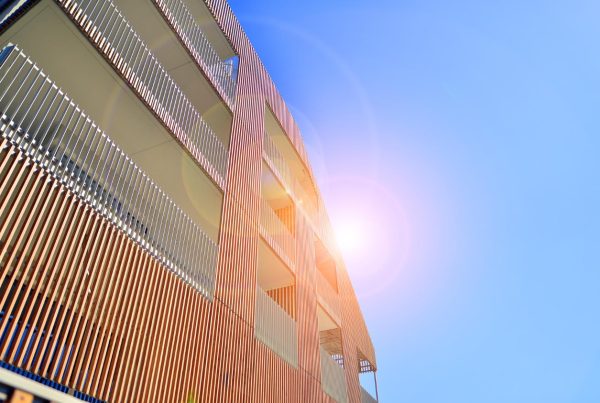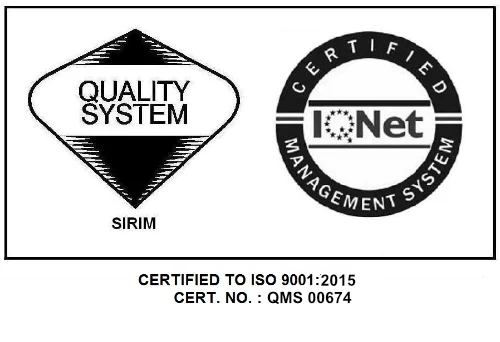
In this series, the HEIGHTS team will explore advancements in construction materials, from energy-efficient options to those with improved durability and aesthetics.
In a world where the construction industry is in constant evolution, the spotlight is firmly on innovative building materials that are reshaping how we construct our world. At the heart of this transformation is the urgent call for energy-efficient solutions that cater to the ever-growing demand for sustainable and eco-friendly construction practices.
Traditionally, construction methods have often contributed to energy wastage and environmental concerns. However, the intersection of technology and material science has given rise to a host of energy-efficient building materials that hold the promise of a greener future.
These groundbreaking materials are meticulously designed to curtail energy consumption during construction and the life cycle of a building. One such game-changer is the rise of insulated concrete forms (ICFs).
These ingenious forms comprise insulating foam sandwiched between layers of concrete, forming an exceptional thermal envelope. The outcome? Enhanced temperature control within structures, rendering excessive heating or cooling systems redundant.
The global insulated concrete forms (ICF) market is expected to attain a compound annual growth rate (CAGR) of 27.5%.
Another noteworthy contender in the realm of energy efficiency is the realm of cool roofing materials. Crafted to deflect sunlight and release absorbed heat, these materials have become a favoured choice for environmentally-conscious builders. Their impact? Reduced reliance on energy-intensive temperature regulation systems.
But it doesn’t stop at energy savings. The surge in recycled and renewable materials is actively contributing to the realm of sustainable construction. Materials such as reclaimed wood, recycled steel, and versatile bamboo are weaving their way into contemporary construction practices.
The building and construction sector has a significant environmental impact. It accounts for 40% of all energy-related CO2 emissions. From the extraction and manufacturing of building materials to the construction process, it is a sector with higher emissions.
The impact on the environment from the building and construction sector is substantial, responsible for 40% of energy-related CO2 emissions.
This sector exhibits higher emissions due to activities ranging from material extraction and production to the construction process.
For Malaysia’s construction industry, these energy-efficient building materials are pivotal in realising the nation’s sustainability goals.
In the next part, we will look into high-performance construction materials.
Article 2: Advancing Durability: High-Performance Construction Materials
Article 3: Aesthetic Evolution: Building Materials Beyond Beauty
Article 4: Smart Materials: Revolutionising Construction Efficiency














